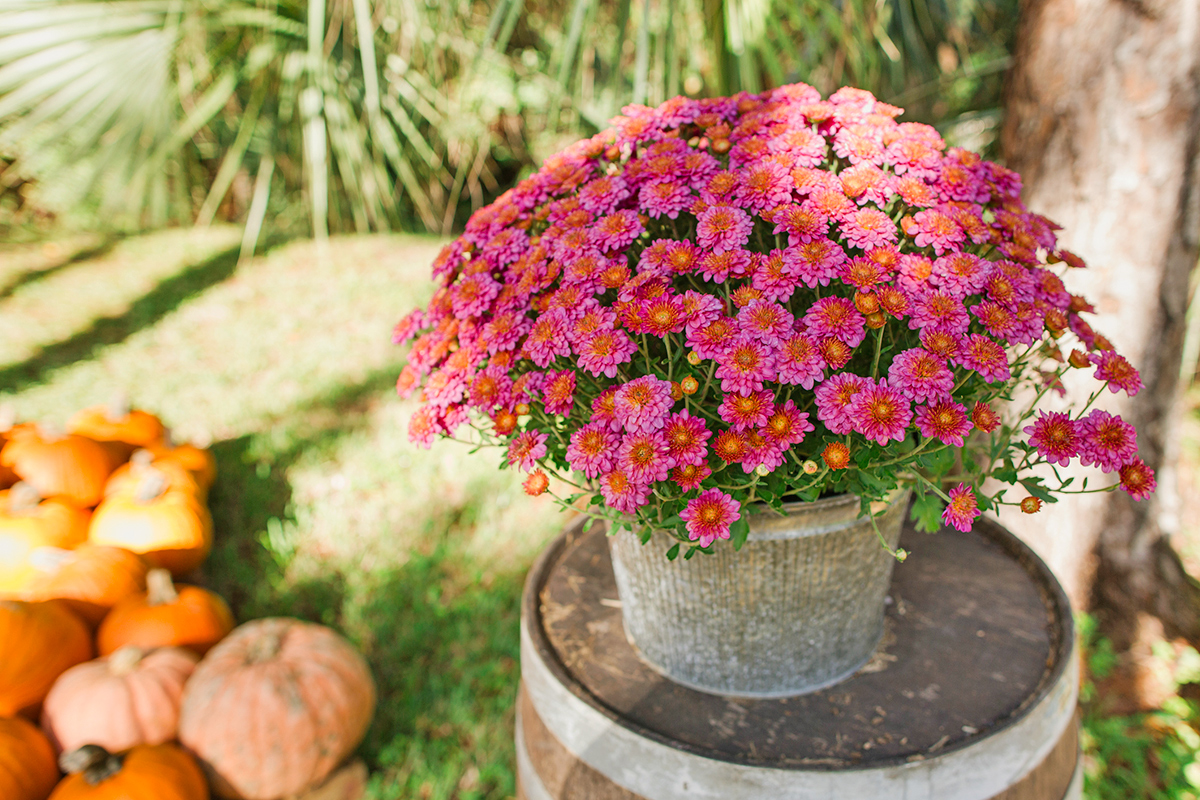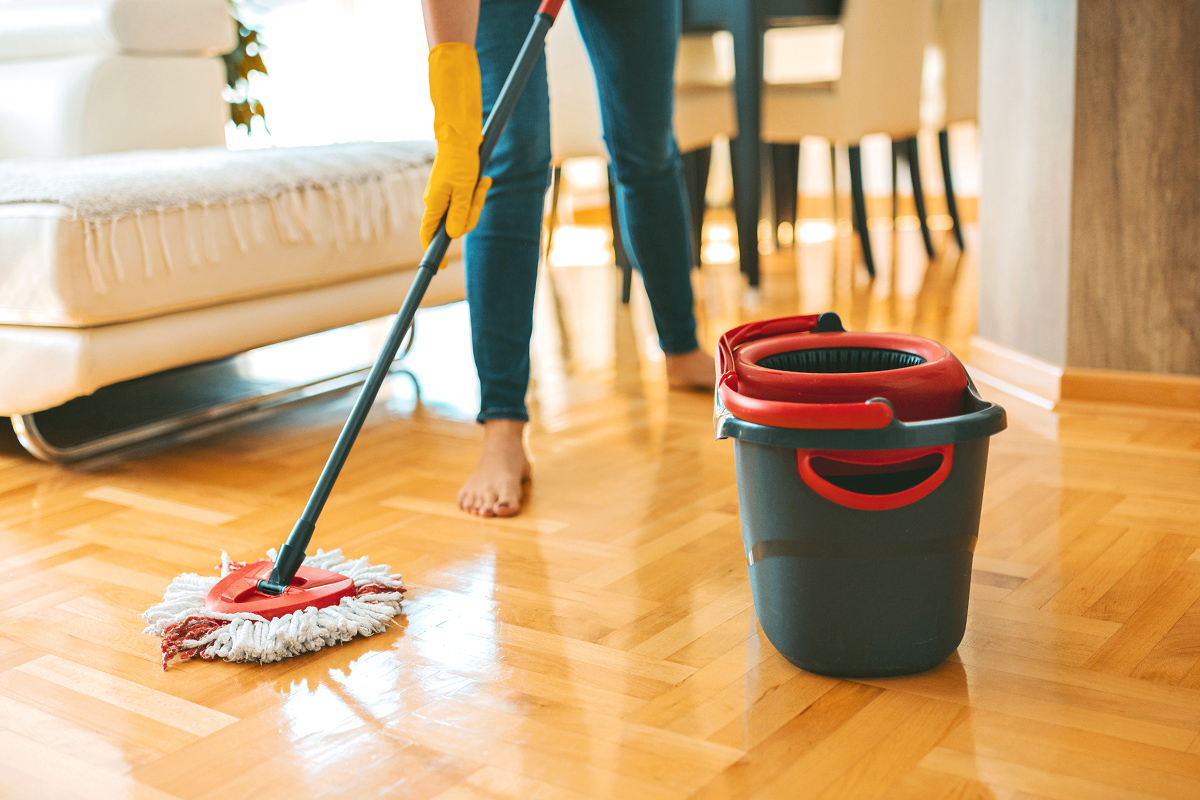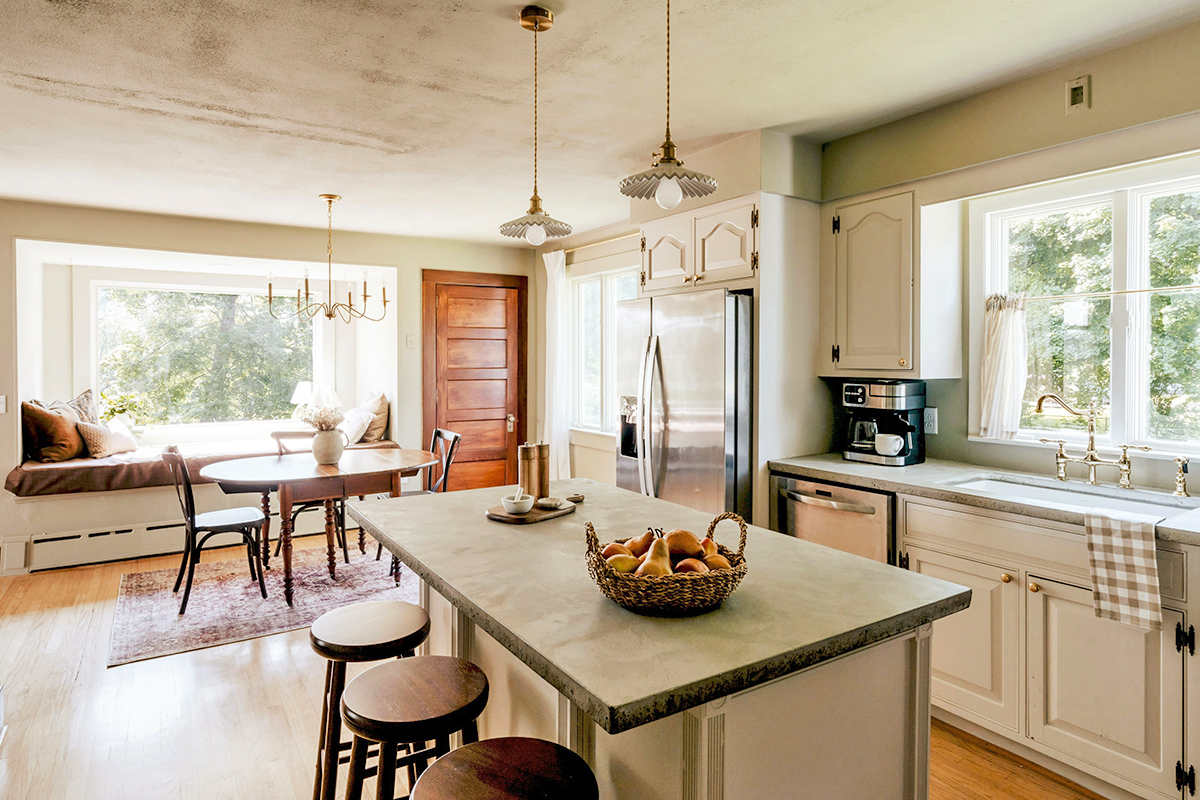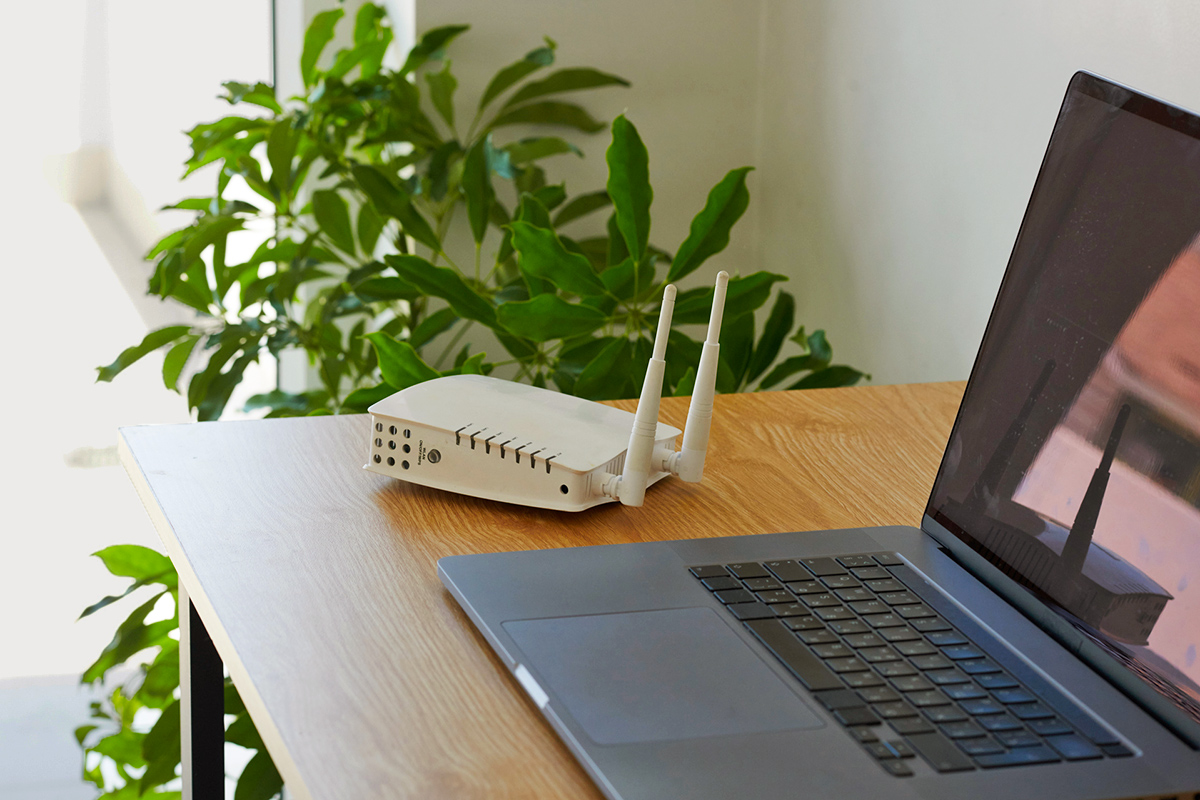In autumn, when colorful blossoms are harder to find, fall mums make the perfect substitute. They come in a stunning range of colors, and you’ll find them everywhere from grocery stores to garden centers when their bloom season nears. Seasoned gardeners often grow them as perennials, but many of us are happy to settle for…
1. Choose Potted Mums Wisely
With so many retailers selling fall mums, it’s easy to make an impulse purchase you’ll later regret. The best place to buy them is usually a garden center or nursery, where you know they have been well cared for with proper lighting, watering, and feeding. Garden centers are also more informed about pest and disease management.
No matter where you buy your mums, be sure to check that the soil is moist and the plants are green and vigorous, without wilted leaves, stems, or visible pest damage. Don’t be swept away by the plant that looks best right this moment, either. The best mums to buy are those with lots of unopened buds, meaning they haven’t already peaked. They’ll blossom soon and last longer into the season. Just keep deadheading the spent blossoms, and new ones will continue to appear.
2. Water From the Bottom
It’s no surprise that mums are thirsty plants, considering their pots are jammed full of stems and lavish displays of blossoms. For easier watering, keep mums in their original nursery pots. (You can always nest them inside decorative pots when they’re on display.)
More from our network
House Outlook is part of Inbox Studio, which publishes content that uplifts, informs, and inspires.
Potted mums should be watered daily or every other day, but don’t reach for that watering can just yet. Watering from above is inefficient, and wet foliage is an invitation for mold and disease.
Instead, fill an adequately sized bowl or pan with a generous amount of water, and then place the mum (nursery pot and all) into it. Let the plant sit for about 20 minutes; the soil will absorb water until it can’t hold any more. Any excess water will drain out when you remove the plant. Do this whenever the soil feels dry to the touch, which is usually every day or two.
3. Get the Light Just Right
Mums do best with plenty of indirect light, not too much direct sun. Find a spot where they get morning light but are protected from full sun in the afternoon, as bright light can pale their blossoms. Also, watch out for artificial light sources, such as porch lights or security lights. A mum’s blossoms are triggered by autumn’s shortening days, and artificial light can prevent them from budding.



















